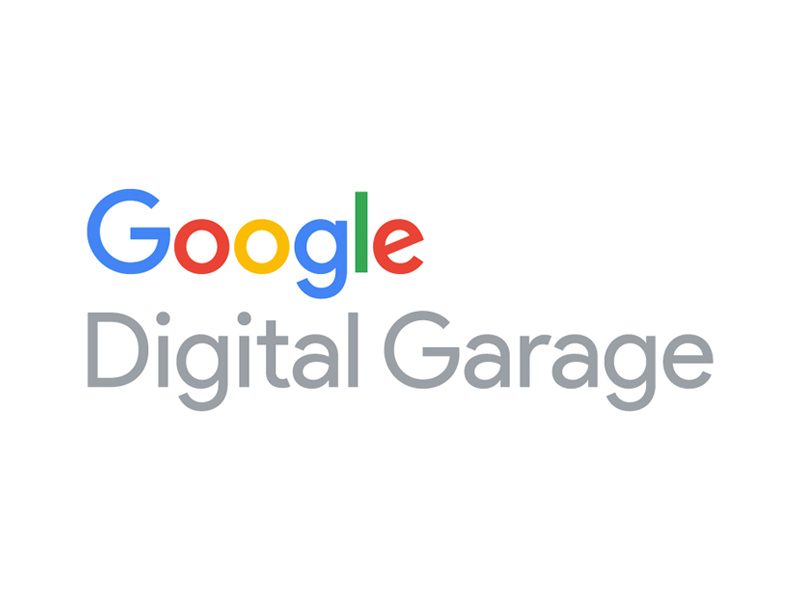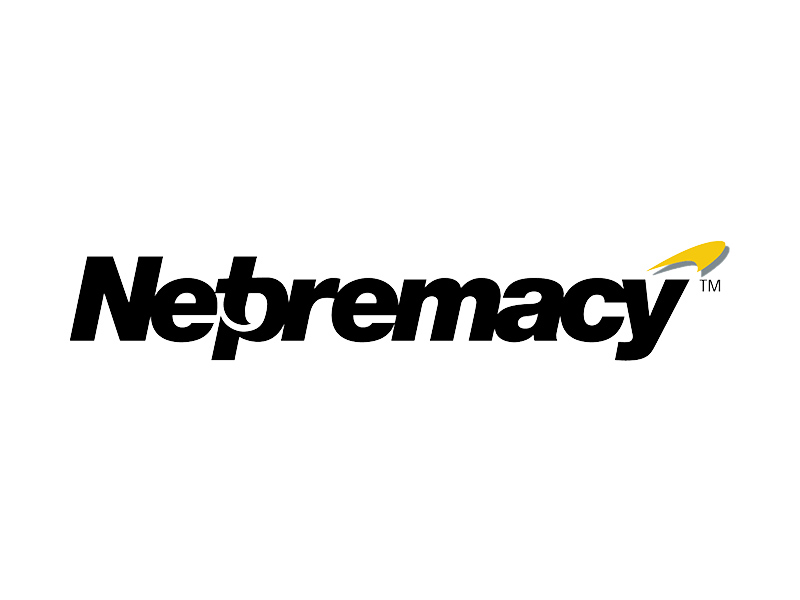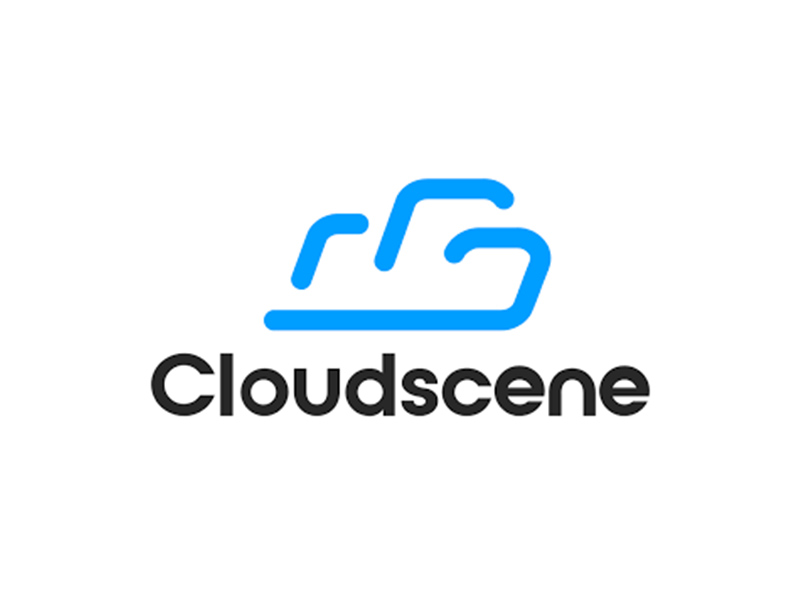Managing Capex and Opex in today’s economic climate isn’t easy, that’s for sure. With high inflation, supply chain disruptions, and contagious strikes impacting businesses across the globe, juggling your expenditure is a challenge. But for people-focused businesses like Chesamel, the perspective is slightly different. I’ll take you through managing Capex and Opex in a people-focused business and provide real-world examples of how companies can leverage these expenditures.
Let’s start with the basic essentials.
Understanding Capex and Opex
Capex refers to the expenses incurred to purchase and maintain fixed assets such as property, equipment, and vehicles. Examples of Capex in people-focused businesses include office furniture, computer hardware, and in the case of a consultancy , clients – as most agencies and consultancies charge for a service, not a person. On the other hand, Opex represents the expenses incurred to operate the business, including rent, utilities, salaries, and wages. In people-focused businesses, the importance of these expenses cannot be overstated, as they enable the company to maintain its people-centred functionality effectively. Effective management of Capex and Opex can have a significant impact on a business’s growth and profitability.
The Surprising Benefits (And Costs) of Capex and Opex in People-Focused Business
One of the most significant benefits of Capex and Opex for Chesamel is improved employee satisfaction and retention. With a diverse board, we take pride in our employee’s well-being from discussions on closing the gender divide to equal opportunities. Investing in the right equipment, tools, and technology can make employees’ jobs easier, allowing them to focus on more fulfilling and engaging tasks. This, in turn, leads to increased productivity and efficiency, which benefits the business as a whole. Additionally, investments in customer experience can result in enhanced customer loyalty and repeat business.
However, after two decades in the Founders chair, it’s an understatement to say that Capex and Opex can also result in significant costs. Over-investment in capital assets, for instance, can result in unnecessary expenses and may not necessarily lead to a positive return on investment. Businesses must strike a balance between investing in the right assets and maintaining profitability.
The Macroeconomic Picture
Whether it’s a Freddo chocolate bar or renting an office space, prices are up in just about every corner of the economy. Alongside the continued supply chain disruptions and various strikes across the UK, external factors in the macroeconomic picture are without a doubt causing a significant impact. I’ll go into a bit more detail to answer how.
High Inflation
It’s a fact to say we’re not sure whether the economy is headed for a crash-landing recession, a softer landing, stagflation, or something entirely different. With a 3.7% increase in CPIH over the last year (Feb 2022 – Feb 2023), what we do know is that businesses are having to be flexible as a result. Whether that’s paying up-front for bigger Capex expenditures to avoid further price increases or downsizing office space and shifting to a hybrid working structure..
Supply Chain Disruption
“As companies move from a transaction to transformation, supply chain has become essential in reimagining the enterprise”. This quote from a recent CNBC article is a great representation of the changing perspective on supply chain. Increasingly, leaders are beginning to see supply chain as a strategic capability to win with customers. Because those with insufficient investment in the supply chain are starting to stand out, far more than they used to.
Optimising Capex and Opex Expenditure in the Current Economic Climate
To optimise Capex and Opex expenditure in the current economic climate, businesses must first identify their needs and priorities. They must also be aware of macroeconomic factors and how they can leverage them. Key takeaways from JLL’s 2022 The Future of Work Survey are great examples to reference. Things like ‘investing in quality space will be a greater priority than expanding total footprint’, or the fact that ‘environmental and social aspirations will shape future portfolio transformation’.
Analysing spending patterns can also help businesses determine where to allocate resources most effectively. Implementing effective Capex and Opex strategies can help businesses achieve their goals and remain competitive.
How Chesamel Can Support
Chesamel can support businesses in both Capex and Opex challenges, whether that’s financial or workforce hurdles. Developing financial strategies that optimise Capex and Opex expenditure, for example, is a vital focus for any business looking to grow in the current climate. We also provide workforce and business transformation solutions that enable businesses to operate effectively and efficiently, whatever the situation of expenditure. And as a people-focused business, we understand and can support effective investments in employees, resulting in improved productivity, efficiency, and satisfaction.
Managing Opex and Capex expenditures is essential for the success of any business, whether they’re people-focused or otherwise. By investing in people and technology, businesses can improve productivity, reduce costs, and generate revenue. However, there is a constantly growing need for flexibility, from quick financial decisions to changing workplace culture. At Chesamel, we can support businesses in managing their expenditures effectively and achieving their business goals, whatever the climate, and whatever the challenge.












